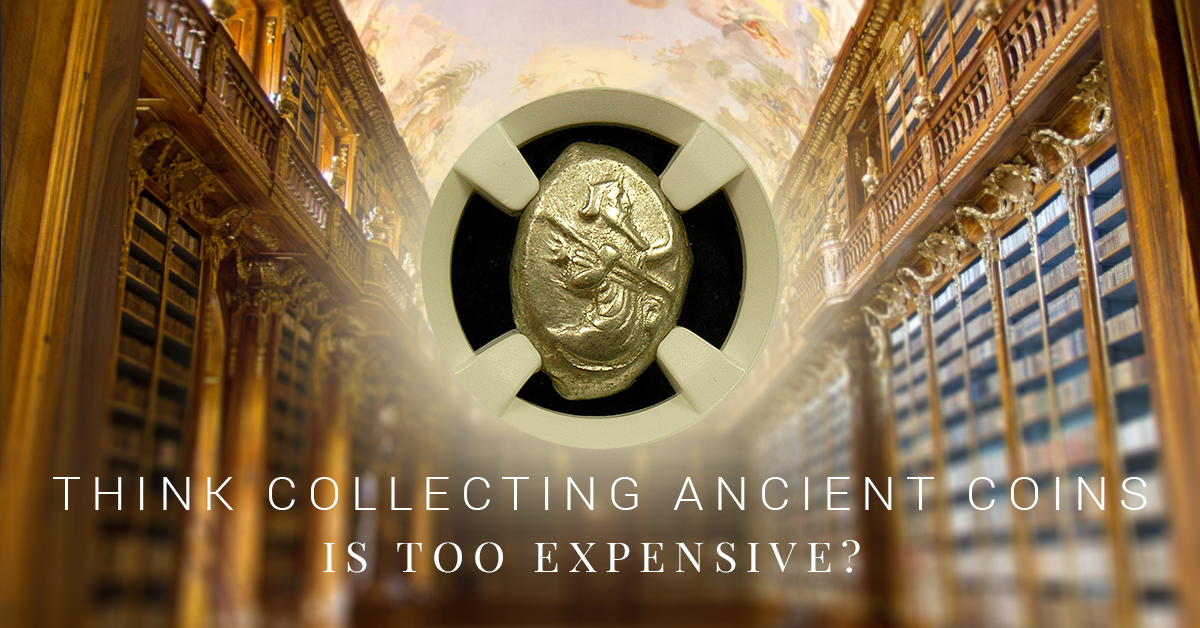A Brief Guide to Collecting Ancient Coins

There’s a reason ancient coins are popular. For those of us in the United States, history isn’t part of our daily lives too often. Sure, we celebrate and appreciate the Fourth of July for example, but as a country, we’ve been in business for less than 250 years. But when you hold an ancient Roman coin in your hand, you’re making physical contact with something that was struck around the time of Christ.
Think collecting ancient coins is too difficult or expensive? Think again, and enjoy these tips to help you get started.
-
Today’s coins usually feature the head of a President on one side, and a depiction of a famous animal or place in America on the other. Roman coins are basically the same thing. Many feature a prominent Emperor on one side, and an image of a deity, commemorative event, or important place on the reverse side. These coins were made from gold, silver, and bronze, and bronze coins tend to be very affordable.
-
There are some cities that become iconic based on certain landmarks. When you think of San Francisco, the Golden Gate Bridge springs to mind. Ancient Greek coins were no different. Before Greece came together as a unified country, it was covered with city-states. These were independent entities with their own governments and currency, and their coins had unique designs identifying where they were from. Coins from Corinth has Pegasus, the winged horse, on the coins. Athens, which was the birthplace of democracy, had an owl upon their money. If you search online for a map of ancient Greece, you can see the various city-states and begin collecting.
- For a feeling that’s absolutely awe-inspiring, hold in your hand a coin that was mentioned in the New Testament. Yes, that New Testament. There are a wide variety of Biblical coins, and you can get modest bronze coins or impressive silver pieces. You’ll find the names of specific coins in the Bible, such as the widow’s mite or silver denarii. Biblical coin collection is fascinating from both a historical and Scriptural perspective.








